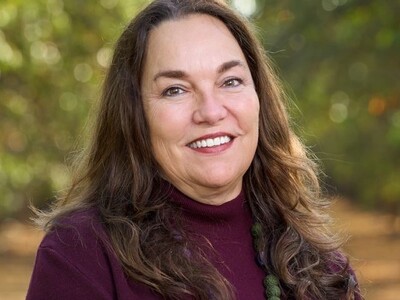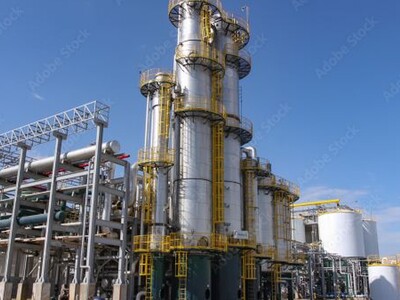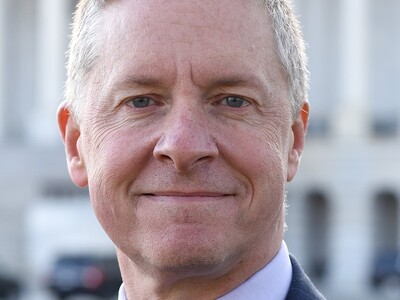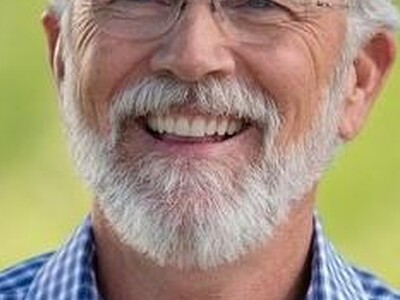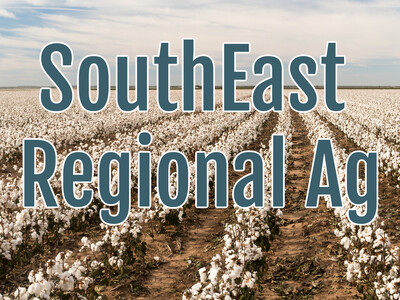Epic Water
Twin Falls-Late rain and snowfall in the Upper Snake River Basin combined with one of the biggest snow years has allowed a record recharge this year into the Eastern Snake Plain Aquifer.The Idaho Department of Water Resources and Irrigators dumped 1.7 million acre-feet in the Aquifer for the largest increase in 80 years.
"We charged a half million acre-feet last year and over a million this year," said Brian Olmstead of the Twin Falls Canal company. "The Aquifer is responding. We've had two fabulous years and the reservoirs are in good shape."
Hydrogeologist Mike McVay says he measured the Eastern Snake Aquifer increase by measuring 350 wells across the East Snake River Plain. The increase shows that the historic 2015 water settlement forged by farmers in the ESPA region is working and we've had two winters in a row with "exceptional precipitation."
"We've had a significant uptick," McVay said. "But we have to remember that this is a long-term plan, and this is a good start. We'll still need to build the aquifer back over time."
Before the epic winter of 2017, the Water Resource Board concluded that the aquifer was over-drafted by more than 200,000 acre-feet per year. That's alarming because water from the aquifer is the driving force behind agriculture, and the state economy not to mention manufacturing plants, cities and drinking water for more than 400,000 Idaho residents.
Mat Weaver, Deputy Director of Water Resources says that farmers that took part in the 2015 water settlement should be recognized for doing their part in stopping the aquifer decline. "The reductions and private recharge that have occurred as a result of the settlement agreement have been hugely impactful."
Olmstead says water not used in irrigation this year will be put to good use all across the Snake River Plain.
"If we don't need it we give it the Water Resource Board and they recharge it, mostly in the Upper Valley because that water stays there. Most of the recharge in the Upper Valley stays above American Falls, most of the recharge in the lower Valley really helps the Hagerman Springs. That's the number one priority for everyone, filling the reservoirs, so it's our bank essentially," said Olmstead.
Dean Stevenson, chairman of the Magic Valley Ground Water District, said it was good to see positive results on ESPA water levels.
"We have to remember that really we're just getting started with the recharge program and the water settlement implementation. The long-term trend is what matters. We have to stay the course," Stevenson said.
Olmstead says with two good winters and good carryover that all of these factors have played a part in increasing water levels in the aquifer and for the first time an unheard of windfall.
"We have money in the bank. And we have to give Idaho Power credit, they have been a good partner. Normally we don't like to send water below Milner Dam but this year with the hot weather, and the very full reservoirs, there was no demand on what we call the common pools or the water bank, so Idaho Power agreed to buy 70,000 acre-feet at a higher price than water bank going rate so it was a benefit to them and to irrigation companies and they will put it toward conservation improvements," added Olmstead.
Hopefully, Mother Nature will continue to cooperate, he said, adding that even if she doesn't the pieces are in place to succeed.
Groundwater users committed to reducing consumptive use by 13 percent, about 240,000 acre-feet annually, in a 2015 agreement with surface water users. The board is steadily expanding its recharge program and, hopefully, the Legislature will keep stepping up to fund the program, he said.
The Snake River Plain aquifer is starting to rebound.
"All the hydrologists predicted that it would take three years for the recharge to break even on the aquifer because we had a hole to fill. We are already going up and doing great," said Olmstead.
IWRB estimates the aquifer was being depleted by 200,000 acre-feet a year between 1952 and 2017. Its goal is to recharge 250,000 acre-feet annually, averaging wet years with dry years, to bring the aquifer to average levels it was at between 1991 and 2001 by 2026. That will take an increase of 3 million acre-feet.
"We're in really good shape and already off to a good start next year," added Olmstead.








